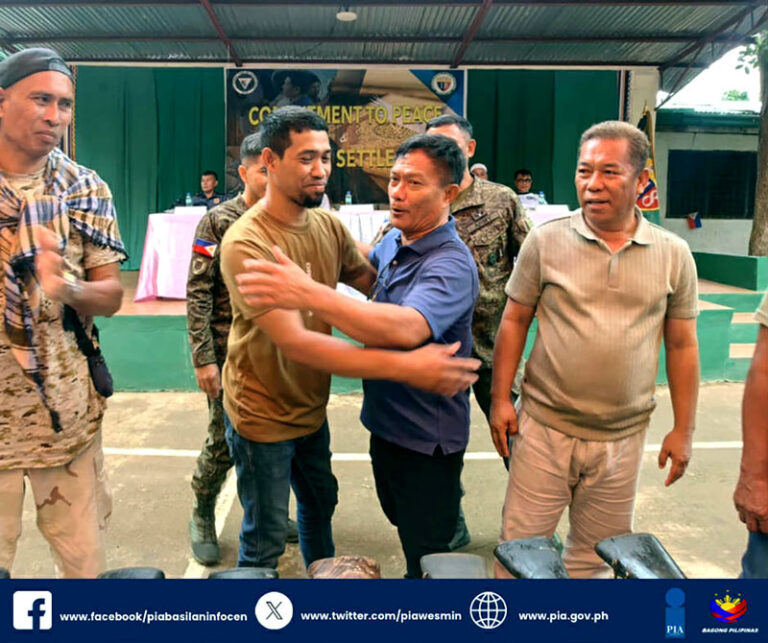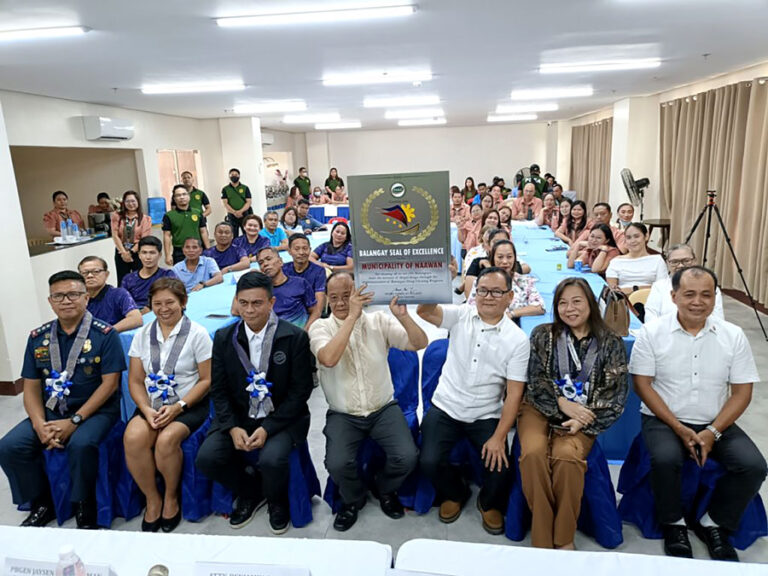ZAMBOANGA CITY COMMEMORATED the death anniversary of legendary Mayor Cesar Climaco who was assassinated 35 years ago.
Mayor Beng Climaco led the commemoration of the death anniversary of her uncle on November 14 and was attended by government and military and police officials and civil employees and various civic groups.
Dubbed as “‘Dia de Cesar,” Climaco who was joined by Cesar Climaco Jr, led the activities and wreath-laying and program at Climaco Freedom Park in Barangay Pasonanca where the tomb of the late mayor is located. Members of the Boy Scouts and Girl Scouts also held a candle vigil there.


The local government also spearheaded the Young Leadership Assembly at the Centro Latino in Paseo del Mar with the Rotary Club’s Youth where the life story and legacy of Climaco had been retold.
Climaco was a critic of the martial law regime of Dictator Ferdinand Marcos. He was assassinated by a lone gunman at Camino Nuevo. He was famed for his toughness in governance and also famous for his refusal to cut his long grey hair. According to Wikipedia, Climaco first entered political life when he ran and won a seat in the Zamboanga City council in 1951 and within two years, at the age of 37, he was appointed as mayor of Zamboanga City holding the post until the following year.
In 1954, Climaco joined the Operation Brotherhood, a group sponsored by the Jaycees to help provide for medical and relief needs to refugees in war-torn Vietnam. As the Project Manager and Field Coordinator based in Vietnam, Climaco earned the friendship of South Vietnamese President Ngo Dinh Diem and found his activities covered by LIFE magazine. During his campaign for the mayoralty post, the melody of “O My Darling, Clementine” was used in “Ay si Cesar, Ay si Cesar Climaco” sung in Chavacano.
It was sung during his funeral in 1984. Coincidentally, “O my Darling Clementine” was the love song of Cesar Climaco to his wife, Julia Floreta-Climaco. Climaco first won election as Zamboanga City mayor in 1956, as a candidate of the Liberal Party, and served in such capacity until 1961.
Climaco became a national figure during his first stint as mayor and became known for his personal courage as shown by his willingness to venture alone out to hotspots and personally confront neighborhood toughs with threats of imprisonment. He maintained a similarly tough stance towards the city’s policemen, once disarming cops he caught asleep at their posts during a surprise inspection.
Climaco also maintained a harmonious relationship with the city’s Muslim population and cracked down on gambling. As mayor, Climaco ordered the construction of the Abong-Abong Park in Pasonanca, which was planned to provide space for a camp site, housing projects, and a shantytown to house the city’s homeless population.
And during that period, Zamboanga City earned the appellation as the cleanest city in the Philippines. One measure he enacted to earn such a reputation for his city was a directive requiring all horses in horse-drawn carriages or “calesa” to be tied with diapers beneath their tails as they plied their routes.
He struck a friendship with the mayor of Manila, Arsenio Lacson who had earned a similar reputation for toughness and good governance. Climaco soon earned the nickname “Arsenio Lacson of the South,” to which Lacson remarked that at the rate Climaco was going, the Manila mayor would soon be known as the “Climaco of the North.”
Climaco’s name was also included in the “Wall of Remembrance” at the Bantayog ng mga Bayani – a monument, museum, and historical research center in Quezon City which honors the martyrs and heroes of the struggle against the 21-year Marcos dictatorship. (Zamboanga Post)
Like Us on Facebook: The Mindanao Examiner
Like Us on Facebook: The Zamboanga Post
Follow Us on Twitter: Mindanao Examine
Read And Share Our News: Mindanao Examiner Website
Mirror Site: Mindanao Examiner Blog
Digital Archives: Mindanao Examiner Digital
Media Rates: Advertising Rates



